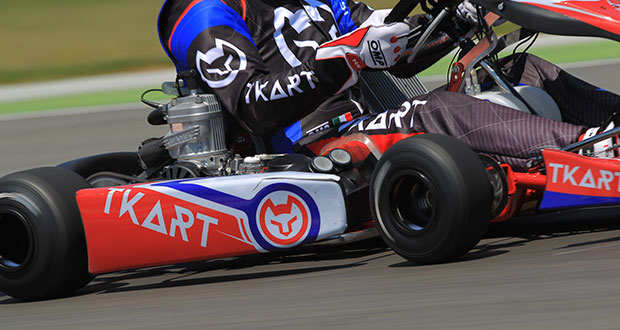Each time a new engine is mounted, or its mechanical parts are replaced it is essential to perform the breaking-in of the engine to ensure the best performance and reliability in the long-term. Let's see how.
In fact, although mechanical technology has reached extreme levels of precision, two components in contact, and in relative motion between them, for example the piston and the cylinder liner, must be broken-in in such a way that the contact surfaces are deformed and adapt to each other in the best possible way.
It is clear that these deformations will only be valid for the two coupled elements; it is not the same thing to take the broken-in piston of a cylinder and put it in another one.
BREAKING-IN PERFORMED PROPERLY
In principle, elements that go together have complementary shapes.
In the "classic" case of the cylinder and piston, for example, the tolerances between the two diameters are minimal, generally between 9 and 13 hundredths of a millimetre.
There are, however, points in which the tolerances are smaller or greater, and the operation of the engine in the first minutes (the breaking-in) allows precisely in these areas, especially those with reduced tolerances, to wear and adapt correctly.
The piston liners, for example, have silica shells that optimise sliding and that may eventually wear out precisely to allow an increase in tolerances.
BREAKING-IN PERFORMED POORLY
If, instead, the breaking-in is performed poorly, speeding up too abruptly, the critical parts will overheat due to friction, creating micro-seizures (i.e. "scorched") that deform the surfaces of the cylinder and piston, thus affecting the gas seal.
Such areas, generally, are evident on the piston liner, appearing polished and elongated vertically where the silica has been eliminated. T
he piston surface will also be smooth and polished, almost like a mirror, with possible circular grooves along the diameter.
ON THE TRACK. PHASE 1
As said, the breaking-in must be performed whether only the piston has been replaced, or the engine has been completely rebuilt.
In the former case,...(keep reading on the “HOW TO...” TKART Magazine channel)



 Log in on TKART
Log in on TKART

